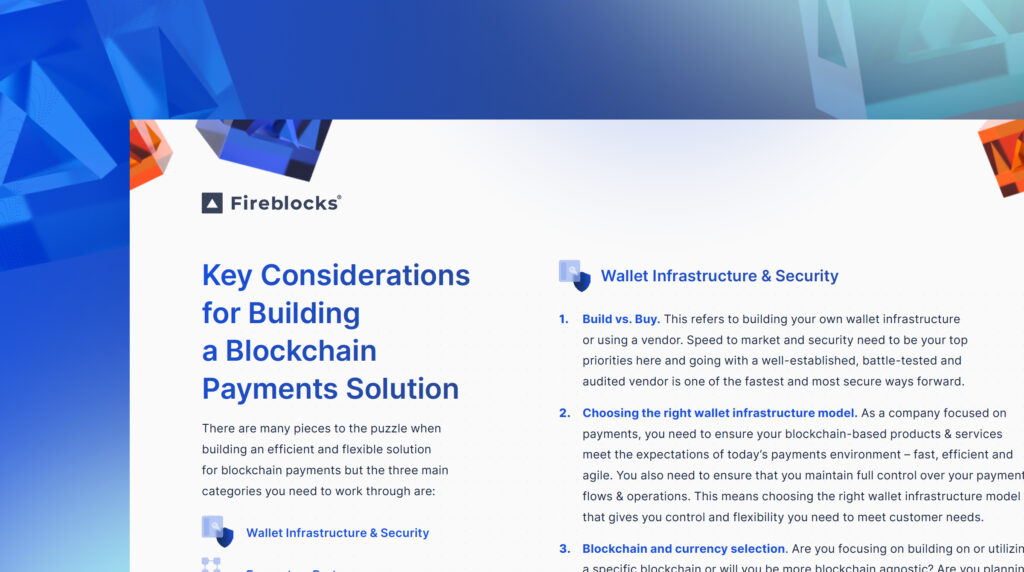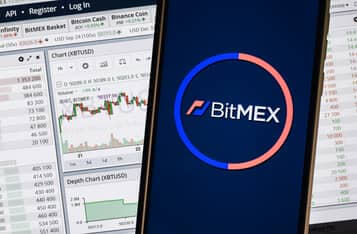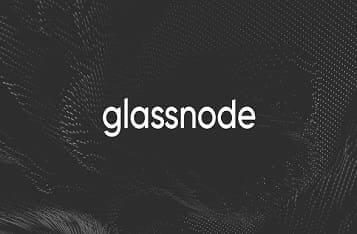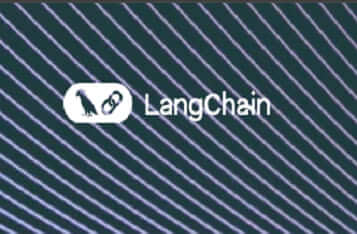Building a Flexible Blockchain Payments Solution: Key Considerations
As organizations increasingly identify business and revenue opportunities in blockchain technology, the need to implement efficient and flexible blockchain payments solutions becomes paramount. According to Fireblocks, integrating blockchain into existing offerings or creating new digital asset products requires careful planning and strategic execution.
Key Considerations for Building a Blockchain Payments Solution
Building a blockchain payments solution involves several critical elements. The three main categories to focus on are Wallet Infrastructure and Security, Ecosystem Partners, and Operational Workflows.
Wallet Infrastructure and Security
The foundation of any blockchain payments solution is its wallet infrastructure and security. Organizations need to decide whether to build their own wallet infrastructure or use a vendor. Speed to market and security should be top priorities, and partnering with a well-established, audited vendor can be a fast and secure way forward.
Consideration 1: Build vs. Buy
Organizations must assess whether to build their own wallet infrastructure or leverage an existing solution from a vendor. This decision impacts the speed to market and security of the solution.
Consideration 2: Choosing the Right Wallet Infrastructure Model
Companies must ensure their blockchain-based products and services meet the demands of today’s payment environments—being fast, efficient, and agile. The chosen wallet infrastructure model should provide the necessary control and flexibility.
Consideration 3: Blockchain and Currency Selection
Determining whether to focus on a specific blockchain or remain blockchain-agnostic is crucial. Organizations should also decide which digital currencies to support, keeping in mind the need for future interoperability.
Ecosystem Partners
Successful blockchain payments solutions require a robust ecosystem of partners. This includes on/off-ramp providers, liquidity providers, and compliance partners to handle various parts of the value chain.
Consideration 4: On and Off-Ramps
Access to fiat corridors through on/off-ramp partners is essential for quick and secure withdrawals, depending on the use case.
Consideration 5: Liquidity Providers
Reliable liquidity at competitive prices is crucial for cost structure and pricing strategy. Sourcing deep liquidity is essential for various use cases.
Consideration 6: Compliance
Implementing the right infrastructure to comply with AML, KYT, and Travel Rules is necessary for operating within regulatory frameworks and ensuring growth.
Operational Workflows
Developing an operations strategy involves mapping out workflows, responsibilities, and dependencies. This step is crucial for ensuring smooth operations and security.
Consideration 7: Governance and Transaction Approvals
Establishing transaction authorization rules is vital for protecting against internal and external threats. These rules should be customizable and adaptable.
Consideration 8: Embed Automation in Workflows
Automating governance flows and manual processes can increase efficiency. Mapping out workflows helps identify areas for automation.
Consideration 9: Accurate Reporting and Reconciliation
Tracking and auditing all transactions, both inbound and outbound, is necessary for accurate reporting and reconciliation with legacy systems.

Speed to market, flexibility, and control are critical to the success of blockchain payments solutions. Utilizing partners that integrate directly into existing tech stacks and operational workflows can enhance efficiency. For instance, Worldpay and Bloxcross leverage Fireblocks for stablecoin merchant settlement and cross-border payments, achieving a 50% increase in settlement efficiency and reducing settlement times from days to minutes.





